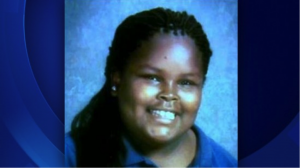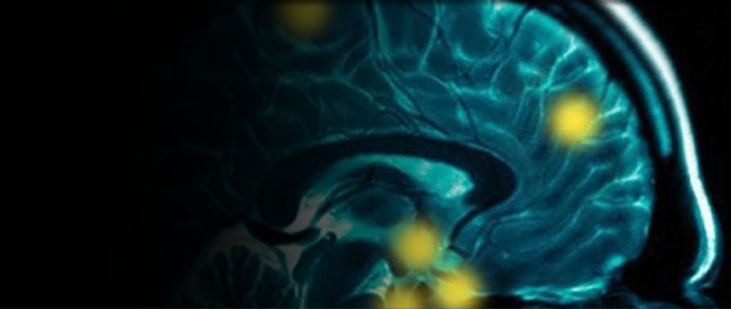Defined as the permanent cessation of all brain activity as measured by clinical and laboratory tests, brain death is currently accepted in all 50 states and within the context of all major religions.
The concept of brain death itself is a consequence of technology. After the development of positive-pressure ventilators, a patient’s respiration and circulation could be sustained long after the termination of all brain activity. Thus, there was an urgent need to clarify what constitutes death. By returning to the biophilosophical concept of the loss of an organism as a whole, medical researchers established brain death as the primary clinical determination.
However, once declared brain dead, a patient can still retain some features associated with the living, such as a beating heart.
Among general audiences, these superficial signs of life can cause confusion. Unlike a persistent vegetative state, in which a patient’s brain stem is still functioning – allowing for the patient to breathe on their own and potentially recover – brain death is irrecoverable. This crucial distinction can be made painstakingly clear via a series of clinical tests, but to a lay observer, the differences can be imperceptible.
The recent case of Jahi McMath – a 13-year-old African American girl from Oakland, California, who suffered complications following corrective surgery for sleep apnea – underscores the tragic consequences of unchecked confusion over brain death.

Jahi McMath (Photo credit: Family)
After the 13-year-old suffered catastrophic blood loss following her surgery, she went into cardiac arrest and was declared brain dead by her physicians. On December 12th 2013, a death certificate was issued for Ms. McMath, at which time her doctors told the family that since she was no longer alive, they were going to remove her from her life-support systems.
Yet the family insisted that since her heart was still beating, Jahi was still alive.
When Children’s Hospital refused to accept this medically unsound interpretation of events, the family petitioned the courts for an injunction to prohibit the Hospital from taking her off a ventilator, which they won. On January 5th 2014, three weeks after Ms. McMath was certified legally and medically deceased, the family received permission from Alameda County Superior Court to take custody of their daughter’s body with the goal of finding a healthcare facility that would be willing to care for her as though she were still alive. Six months later, and Jahi remains in private care, with the family still reporting hope and commenting on how their daughter’s condition is improving.
Underlying this case – amidst a backdrop of race and economic disadvantage leading to lower standards of care – is a deep-seated mistrust for the medical profession. Society in general has great reluctance in letting the medical profession have the last word on how to treat people in the last stages of life; not only in cases of brain death, but also when it comes to controversial subjects such as physician-assisted suicide. Add to that the fact that society has never fully accepted the explanation that the brain is responsible for all of our experiences – that is, many still believe in the existence of an immaterial soul – and brain death becomes a tough sell.
The upshot of all this is that the term “brain death” is simply too loaded with reductionist tendencies and should be changed to respect societies’ discomfort with the mind/brain/soul distinction in order to promote greater understanding and acceptance of death among the general public.



